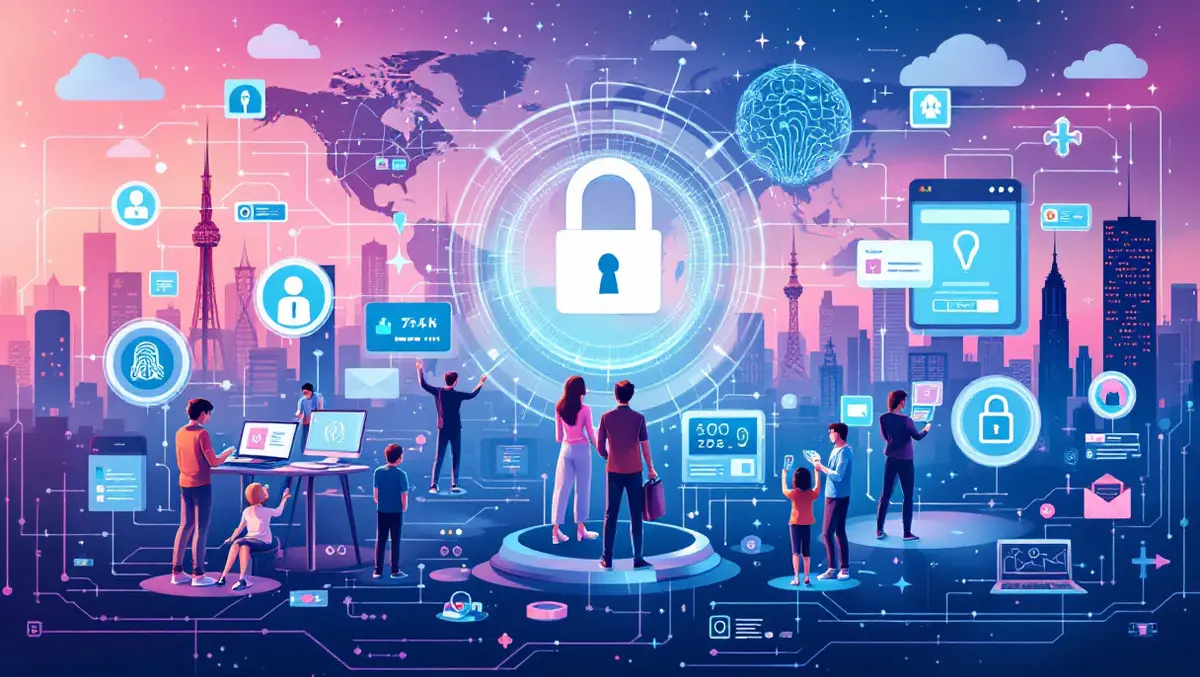
It’s the end of passwords as we know it
Passwords are becoming more obsolete, but that's not a bad thing.
For IT professionals, passwords have long been a double-edged sword. While they are a basic layer of security, the challenges they bring are endless. From the inconvenience of remembering and updating passwords to the risks associated with using weak or repetitive combinations, traditional password systems create vulnerabilities that no organisation can afford.
To increase security, organisations typically require employees to update passwords regularly and adhere to minimum requirements to create strong passwords. However, this doesn't prevent employees from behaviours that compromise security for convenience.
So, if most people understand the importance of good password hygiene but no one feels obligated to practice it, where do we go from here?
Biometrics are the future
The idea of using biometrics to identify an individual is centuries old. There is evidence that fingerprints were used as a person's mark as early as 500 B.C. and that biometric technology existed for several decades prior. However, it wasn't until the early 2000s that this technology started showing up in end-user devices, and today, most people are familiar with using biometrics to unlock their devices and applications. What seemed like a novelty just a few years ago when we first saw people look at their smartphones to unlock them, has become commonplace.
As biometrics become the norm as a convenient and secure form of automated user recognition, the traditional password has become much less appealing to consumers and enterprises alike. According to the research report "Australia Biometric System Market Research Report, 2028," published by Actual Market Research, the Australia Biometric System market is expected to add more than USD 2.25 Billion from 2023 to 2028. In addition, the technology which enables biometrics continues to advance with better sensor technology and the use of AI-based matching algorithms. This results in a better user experience while improving the security model. The National Australia Bank (NAB) has recently unveiled plans to eliminate traditional passwords across its digital banking platforms by 2030, moving to biometric authentication methods including fingerprint and facial recognition technology.
Advanced device security features like fingerprint readers and facial recognition are now readily available on mainstream business laptops and used as part of a multi-factor authentication solution, offering users more secure ways to access their devices, applications and data than easily compromised passwords. Embracing this new technology, the Office of the Australian Information Commissioner (OAIC) has launched a new digital ID regulatory strategy mapping out how it intends to encourage people and businesses to move towards a safer and more protective means of ID verification. The strategy will provide education to Australians and businesses and encourage them to switch to more secure means of identity verification.
But you may be asking, why is the use of biometrics more secure than passwords? Passwords are a string of characters which are validated by a website or service to allow a user access. Strong passwords are designed to be difficult to guess or replicate, but even the most complex passwords can be stolen or compromised. In the latest data breach, over 31,000 Australian banking passwords from major banks have been stolen via malware and are being traded online, posing significant fraud risks despite existing bank protections. To secure user identities, multi-factor authentication is increasingly required for user access. Biometrics play a critical role in multi-factor authentication as the most difficult to replicate of the three possible factors of authentication, which are: something you know (your password/PIN), something you have (your device or security token) and something you are (your fingerprint or face). Connecting authentication to a user's biometric match creates the most difficult scenario for a cybercriminal to duplicate. Once the local authentication is performed, a secure digital certificate is released to the website or service for user authorisation.
Today's workforce, especially digital-savvy Gen Zers, is already accustomed to unlocking smartphones with a glance and accessing apps with a fingerprint. Bringing these same intuitive experiences to PCs and other enterprise devices provides a natural next step. Businesses that adopt biometrics now will be ahead of the curve, reducing their reliance on passwords while boosting overall employee satisfaction.
Until then
We still have more to go until passwords are obsolete and become a museum exhibit, but as biometric technology becomes more sophisticated and more widely adopted, it's only a matter of time before we can blissfully forget about remembering complicated passwords without compromising security. In the meantime, there are simple ways all of us can "Be Cyber Smart" and keep our data safe without passwords raising our stress levels, including:
- Leverage a password manager to create strong passwords and store them in a secure location.
- Leverage multi-factor authentication, as well as digital certificates for identity verification and secure communication.
The first Thursday of each May is World Password Day, raising awareness of the importance of using strong and secure passwords to protect personal and digital information from unauthorised access. As digital security measures begin to transform with the use of biometrics, stay vigilant against online criminals. As we look towards a passwordless future, it's up to each of us to do our part and #BeCyberSmart.
Biometric technology is ushering in a new era of secure, stress-free access. Organisations need to proactively adopt these advancements, empowering their teams to focus on innovation rather than remembering complicated logins.
The end of passwords? It's not just a dream. It's an inevitable step forward.
Learn more about how Dell Technologies builds security features, like biometrics, into our devices here.

